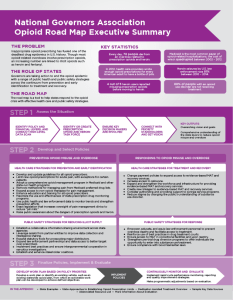The Internet can be an impersonal place. Unless your company or brand is well known, chances are users found your web site through a web search and may not know much, if anything at all, about your company, what you do, or what services and products you offer. Therefore, your website needs to not only make a visual impression, but also immediately start telling your story, talking to users, and compelling them to take action.
However, the web is also a fast paced, often hectic environment where users want information quickly and do not want to have to wade through marketing fluff. So, what is the best way to tell your story on the web, explain your products, services and what you do, and compel users to act before they click the “back” button or go somewhere else?
It is critical to write and formulate your web content in a way that takes advantage of the way people read and interact on the web. People tend to read web pages differently than standard print media. Rather than reading pages word for word, web users tend to scan pages for relevant content. When writing, be sure to make your pages short, succinct and to the point and, most importantly, make them easily scan-able.
10 Quick Tips for Writing Web Content:
- Use headings that immediately show the user what the page is about and why it is important. Include keywords in headings, if possible.
- Get to the point quickly!
Start with the most important information and then explain further. - Include a “Call to Action” at the top of each page.
Motivate your web users to act immediately by including a call to action at the top of the page. A call to action is a simple way to tell users what they need to do to receive whatever it is that you are offering (“buy now”, “sign up for our mailing list” “purchase today and get 20% off!”, “get a free quote” “free 30 day trial”, etc.). Don’t assume that your web user will read the entire page – place your call to action at or near the top of the page. - Use Bold typeface to emphasize and draw attention to important keywords and short phrases.
Using boldfaced keywords helps them to stand out to users as they scan the page. Be sure to select words or phrases to highlight that contain relevant and important information. - Use Bulleted lists.
Bulleted and numbered lists quickly draw attention and are easy to read. - Keep to a smaller word count per page (50% less is usually advised) and keep scrolling to a minimum.
Just looking at a long, text heavy web page can overwhelm web users. Keeping your pages short avoids scrolling, makes a web page appear more inviting, and makes it more likely to be read. - Use simple sentences and short paragraphs.
Limit each paragraph to a single idea and keep your sentences short and succinct. Avoid fluff. - Make the content on each page independent of other pages.
Remember that your website is not linear and users can enter your site on any given page. The content on each page should be able to stand alone and you should never assume that a user has come to it from a previous page. - Be credible.
Write in an objective style. Include testimonials, reviews and articles about your company, products or services, and link to other websites that support your information and/or claims. - Include relevant keywords throughout the text to help with search engine placement.




















